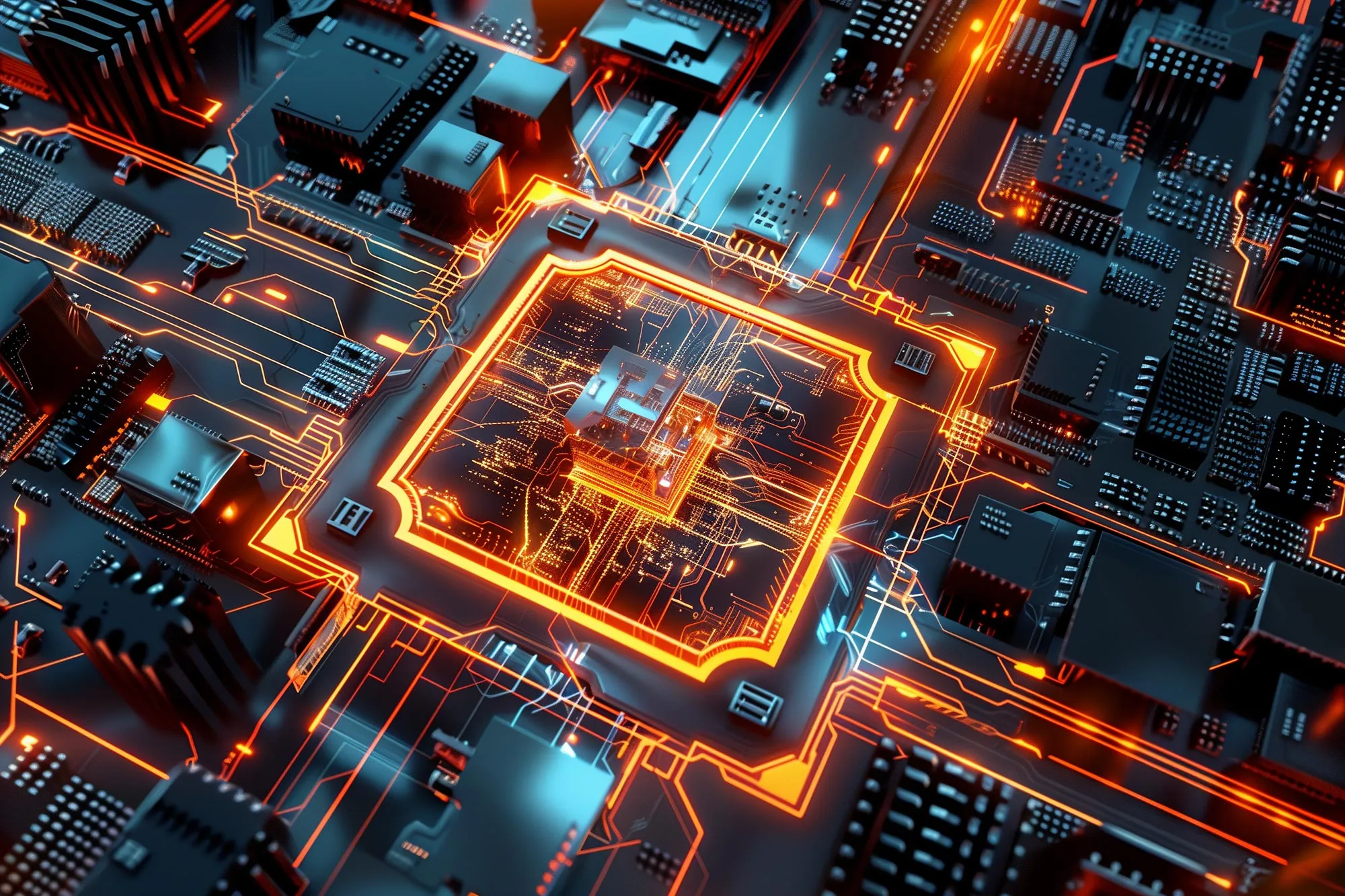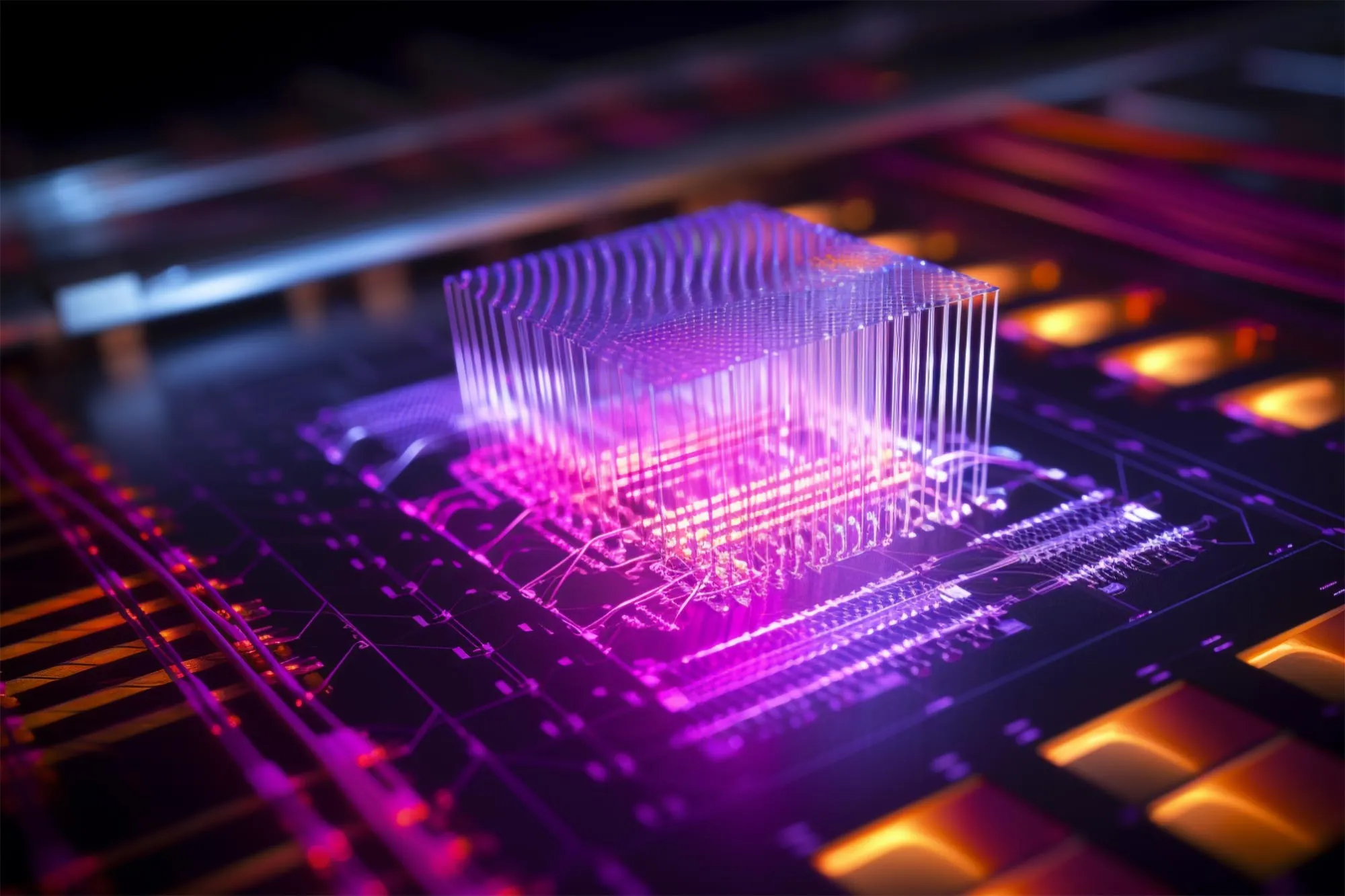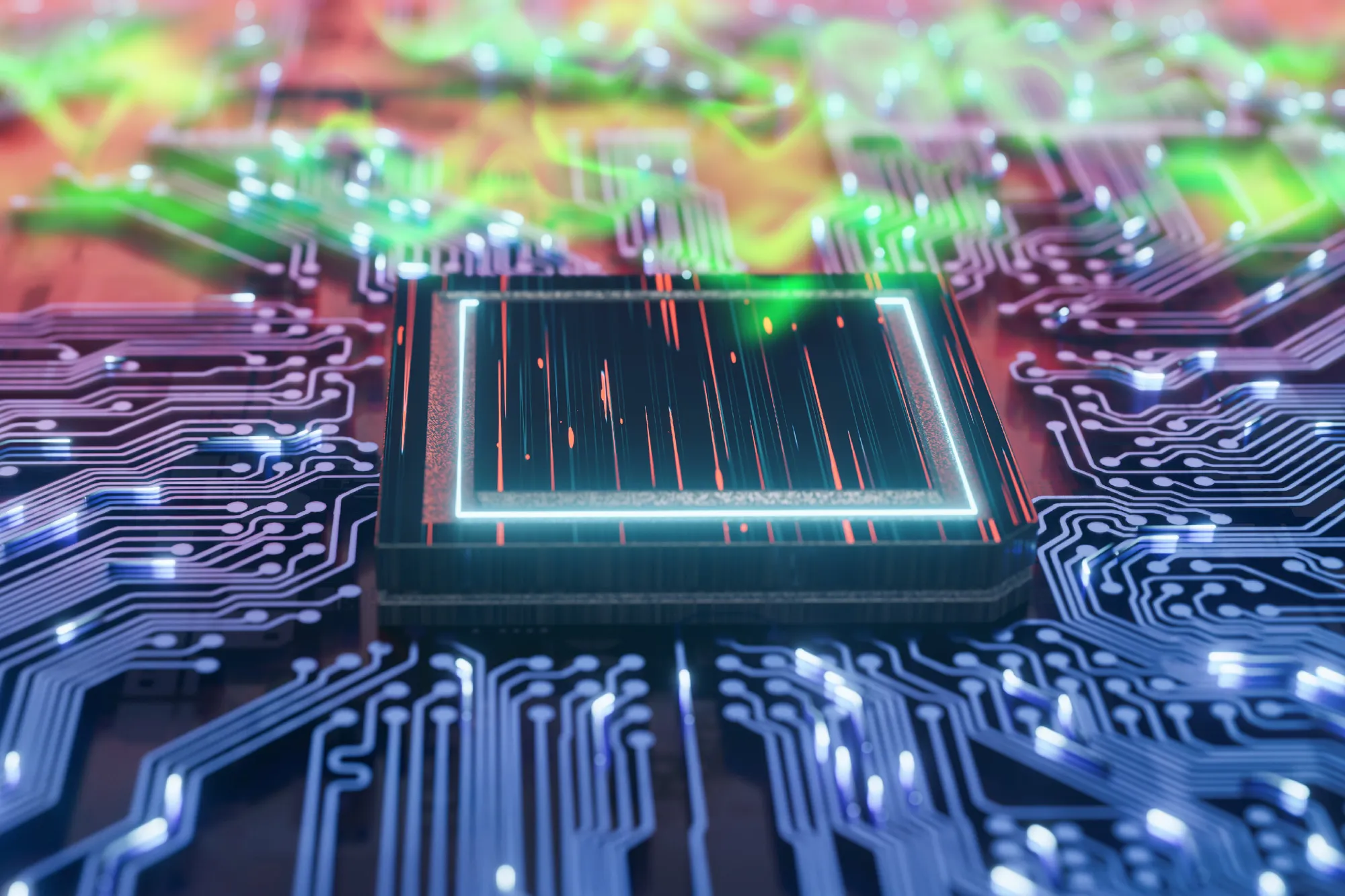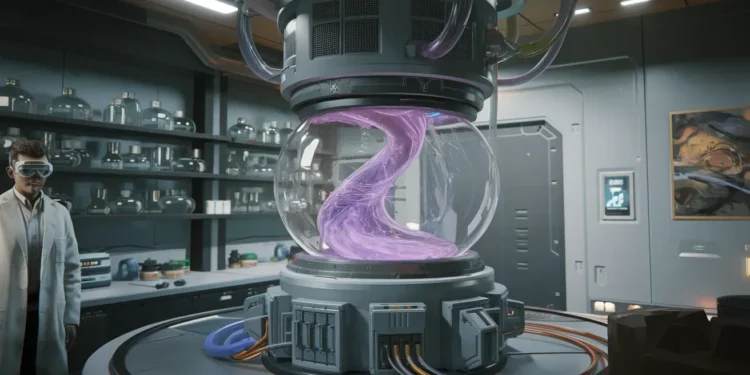Traditional electronic chips have long been the backbone of computing, but they are now reaching their limits with the demands of modern deep neural network models. These models require extensive computations that challenge even the most advanced electronic systems. Enter the photonic processor—a device that uses light to perform computations, promising a faster and more energy-efficient method of processing data.
The recently unveiled photonic processor by MIT scientists and their collaborators is not just a theoretical improvement. It represents a practical application of decade-long research efforts, culminating in a fully integrated chip that can perform all essential computations of a deep neural network optically. This innovation was detailed in a publication in Nature Photonics, with lead author Saumil Bandyopadhyay emphasizing the significant performance capabilities of the new chip.

Breakthrough Performance with Optical Computing
The optical device’s capabilities are impressive, achieving more than 92% accuracy in machine-learning classification tasks and completing key computations in less than half a nanosecond. Such performance is comparable to traditional hardware but at a fraction of the time and energy consumption.
Fabricated using commercial foundry processes, the photonic chip consists of interconnected modules that form an optical neural network. This design allows the chip to stay in the optical domain throughout the computing process, only converting optical signals to electricity at the final stage for output reading, which significantly reduces latency and energy use.

Real-World Applications and Future Prospects
The potential applications of photonic processors are vast and varied, from improving lidar systems for autonomous vehicles to enhancing high-speed telecommunications and even advancing scientific research in fields like astronomy and particle physics. The ability to perform computations at the speed of light could lead to more efficient real-time data processing and faster development of AI algorithms.
As Bandyopadhyay points out, the focus is not solely on how well the model performs but also on how quickly and efficiently results can be achieved. With the photonic processor’s ability to conduct in-domain processing of optical signals, industries that require real-time data interpretation, such as navigation and telecommunications, could see significant improvements.

The Path Forward
The development of the photonic processor is just the beginning. The research team is keen on scaling up their device and integrating it with existing electronic systems like cameras and telecommunication networks. Future work will also explore new algorithms that can fully leverage the advantages of optical computing, potentially enabling even faster and more energy-efficient AI systems.
This research not only opens new avenues in computing technology but also sets the stage for a future where light could be as fundamental to AI computations as silicon is today. With ongoing support from institutions like the U.S. National Science Foundation and the U.S. Air Force Office of Scientific Research, along with industry collaboration from NTT Research, the journey towards optical computing is well underway, promising a brighter, faster future for AI technology.










